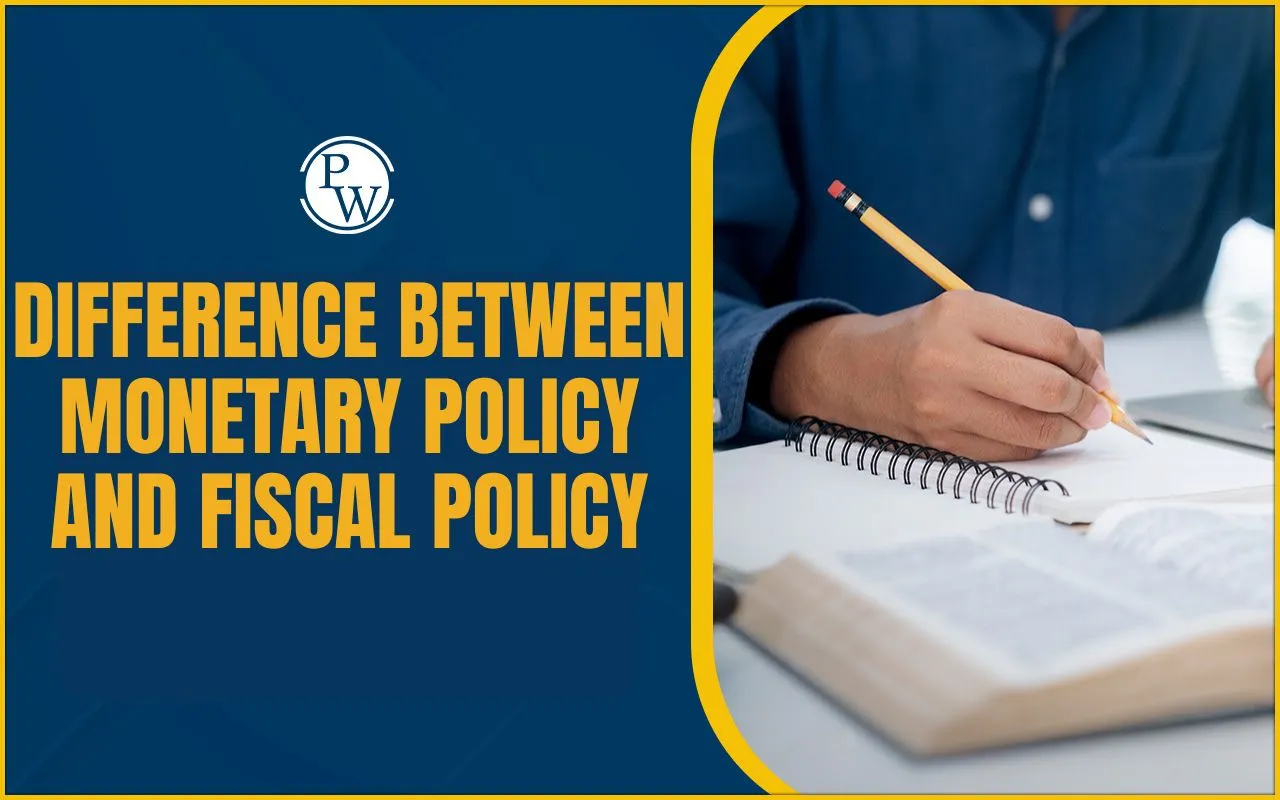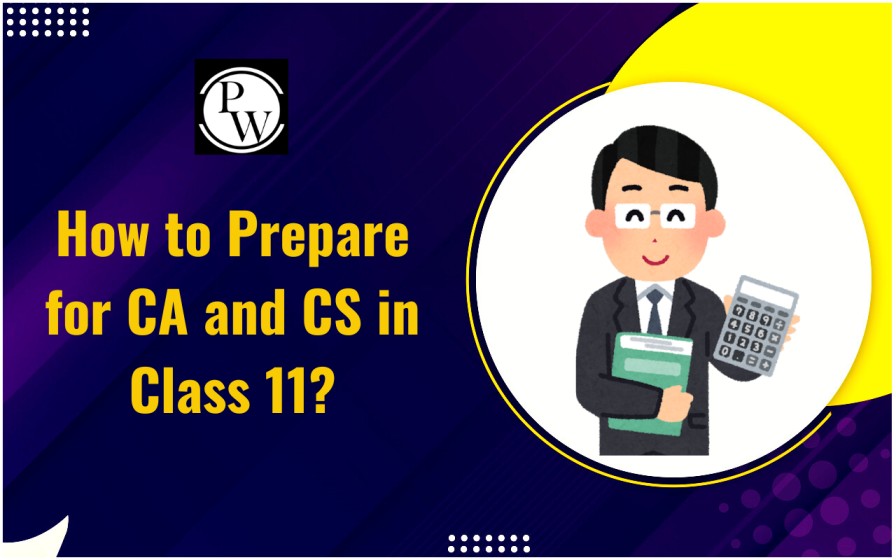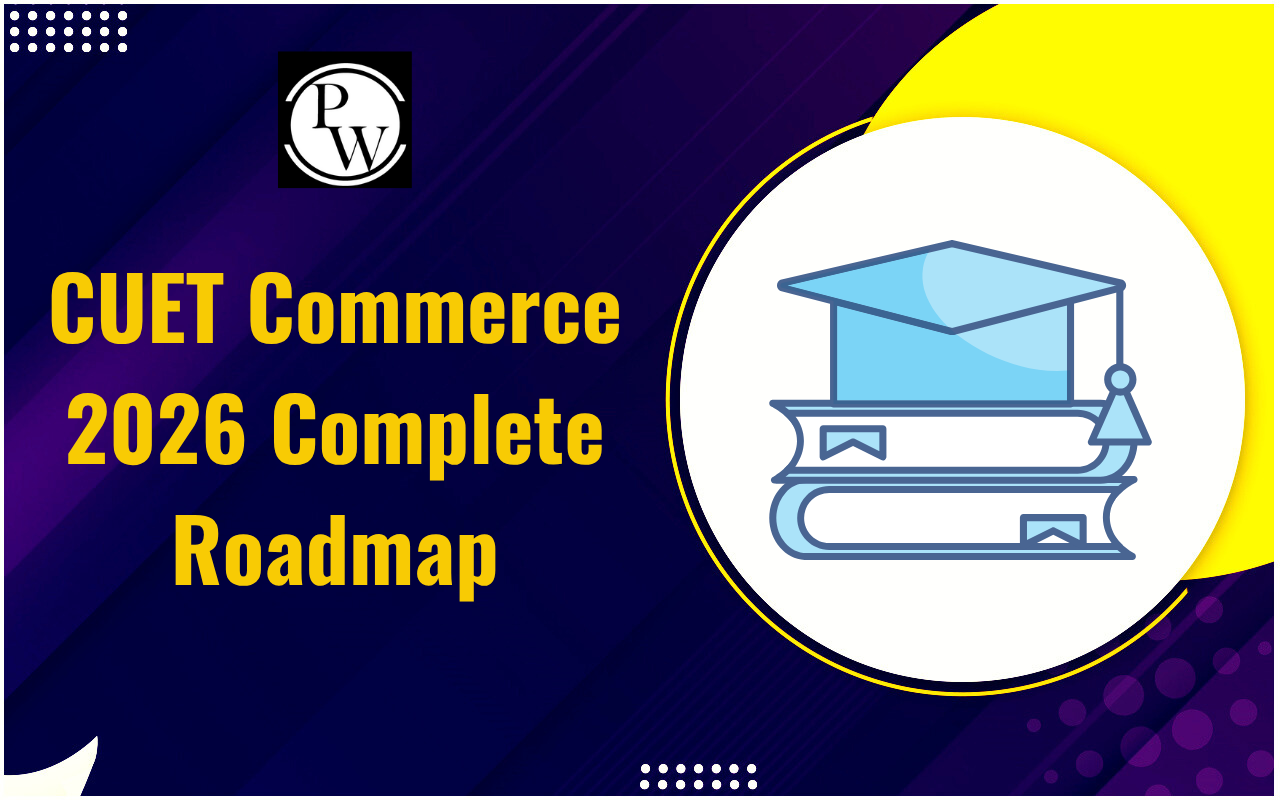

Monetary Policy and Fiscal Policy: Economic stability is a key foundation for national development. To maintain balance and support consistent growth, governments and central banks rely on two major economic instruments, Monetary Policy and Fiscal Policy. While both aim to stabilise and strengthen the economy, they differ in their approach, implementation, and impact.
In this article, we will explore the meaning of monetary and fiscal policy, understand their key objectives and tools, and highlight the differences between them. This understanding is crucial for students of commerce, economics, and anyone interested in public policy and financial governance.
What is Monetary Policy?
Monetary policy refers to the strategy and measures adopted by a country's central bank to regulate the flow of money, manage inflation, and control interest rates in the economy. In India, the Reserve Bank of India (RBI) is responsible for formulating and implementing monetary policy.
The primary aim of monetary policy is to maintain price stability, support economic growth, ensure financial stability, and create an environment conducive to employment generation.
Key Tools of Monetary Policy:
Lets understand the key tools of Monetary Policy:Repo Rate: The interest rate that the central bank charges commercial banks when they borrow money.
Reverse Repo Rate: The interest rate at which commercial banks lend money to the central bank
The Cash Reserve Ratio (CRR) is the percentage of a bank's total deposits that must be held as reserves at the central bank.
Statutory Liquidity Ratio (SLR): The percentage of net demand and time obligations that banks must keep in gold, cash, or government-issued securities.
Open Market Operations (OMO): The purchase and sale of government assets in the open market to regulate liquidity.
What is Fiscal Policy?
Fiscal policy refers to the use of government revenue and expenditure strategies to influence the economy. It is managed by the Ministry of Finance and is executed through the Union Budget.
This policy focuses on managing aggregate demand, generating employment, ensuring inclusive growth, and maintaining a sustainable fiscal position. Fiscal policy plays a direct role in public welfare through government spending and redistribution measures.
Key Tools of Fiscal Policy:
Lets understand the key tools of Fiscal Policy:
Taxation: Changes in direct (income tax, corporate tax) and indirect taxes (GST) to regulate disposable income.
Government Spending: Expenditure on infrastructure, education, healthcare, and defense to stimulate demand and employment.
Subsidies and Transfers: Financial support to specific sectors or vulnerable groups to ensure equitable growth.
Public Debt Management: Borrowing through bonds and securities to finance budget deficits.
Objectives of Monetary Policy and Fiscal Policy
Below, we've mentioned some objectives of Monetary Policy and Fiscal Policy
Objectives of Monetary Policy
The major objectives of monetary policy in India are:
Price Stability: Controlling inflation to ensure the purchasing power of money remains stable.
Economic Growth: Ensuring adequate credit availability to support investments and business expansion.
Exchange Rate Stability: Preventing excessive fluctuations in the value of the national currency.
Full Employment: Striving to achieve a low level of unemployment by maintaining optimal economic conditions.
Objectives of Fiscal Policy
Fiscal policy aims to achieve the following:
Economic Growth: Boosting GDP growth through public investment in infrastructure and other sectors.
Employment Generation: Reducing unemployment by creating job opportunities through government spending.
Income Redistribution: Reducing income inequality through progressive taxation and welfare schemes.
Control Fiscal Deficit: Maintaining a sustainable balance between government revenue and expenditure to avoid excessive borrowing.
Differences Between Monetary Policy and Fiscal Policy
Below mentioned is the difference between Monetary Policy and Fiscal Policy:
| Difference between Monetary Policy and Fiscal Policy | ||
| Aspect | Monetary Policy | Fiscal Policy |
| Meaning | Controls money supply and interest rates | Manages government revenue and expenditure |
| Authority | Central Bank (RBI in India) | Government (Ministry of Finance) |
| Primary Focus | Price stability, inflation control | Economic growth, employment generation |
| Tools Used | Repo rate, CRR, SLR, Open Market Operations | Taxation, government spending, subsidies |
| Objective | Control inflation, stabilize currency | Stimulate economic growth, reduce income inequality |
| Implementation Speed | Quick adjustments by central bank | Slower due to legislative process |
| Flexibility | High, frequent changes possible | Low, changes typically made annually in the budget |
| Impact Timeframe | Short-term, immediate impact on liquidity and credit | Long-term, impacts GDP, employment, and investment |
| Influence on Economy | Direct impact on interest rates and credit availability | Direct impact on demand, employment, and income |
| Time Lag | Shorter time lag, immediate effect on money market | Longer time lag, policy effects felt over months/years |
| Example in India | RBI's repo rate hike to curb inflation | Increased capital expenditure in the Union Budget |
How Do Monetary Policy and Fiscal Policy Interact?
While Monetary Policy and Fiscal Policy are distinct, they often interact and influence each other. For instance, expansionary fiscal policy (increased government spending) can lead to higher demand, potentially causing inflation. In such cases, the central bank may tighten monetary policy by raising interest rates to control inflation. Effective coordination between monetary and fiscal policy is crucial to avoid conflicts and ensure balanced economic growth.
Examples of Monetary Policy and Fiscal Policy in India
Below we've mentioned some example of Monetary Policy and Fiscal Policy
Monetary Policy Example: In 2023, the RBI increased the repo rate to control inflation driven by global factors such as rising commodity prices and supply chain disruptions. By making borrowing more expensive, the RBI aimed to reduce demand and stabilize prices.
Fiscal Policy Example: In the Union Budget 2022-23, the Government of India increased capital expenditure on infrastructure projects like roads, railways, and digital infrastructure to boost economic recovery after the COVID-19 pandemic. This was aimed at generating employment and stimulating long-term growth.
Monetary Policy and fiscal policy are essential tools for managing a country’s economy. Monetary policy, managed by the central bank, focuses on controlling inflation and ensuring financial stability through adjustments in money supply and interest rates. In contrast, fiscal policy, overseen by the government, aims to boost economic growth, reduce unemployment, and achieve income redistribution through taxation and public spending. A well-coordinated balance between these two policies is crucial for sustainable economic development. Understanding their differences helps analyze government and central bank actions and how they impact inflation, employment, and overall economic growth.
Join PW Commerce Online Course now and excel in your academic and professional pursuits!
Difference Between Monetary Policy and Fiscal Policy FAQs
What is the primary difference between monetary policy and fiscal policy?
How does monetary policy control inflation?
Why does fiscal policy have a longer implementation lag than monetary policy?
Can monetary policy and fiscal policy work together?
Which policy is more effective during a recession?













